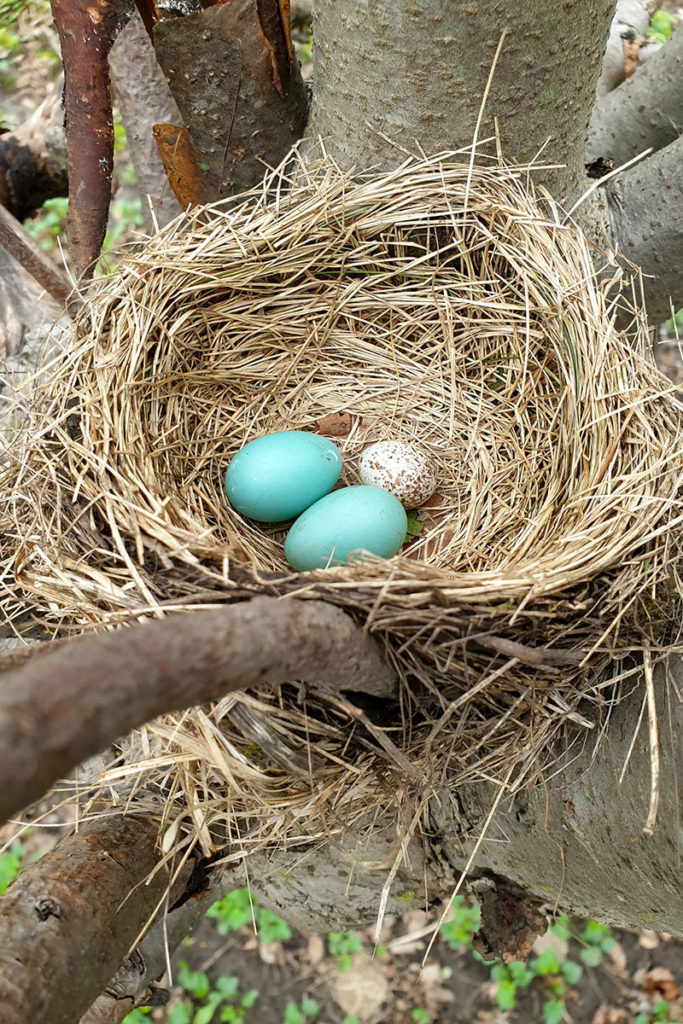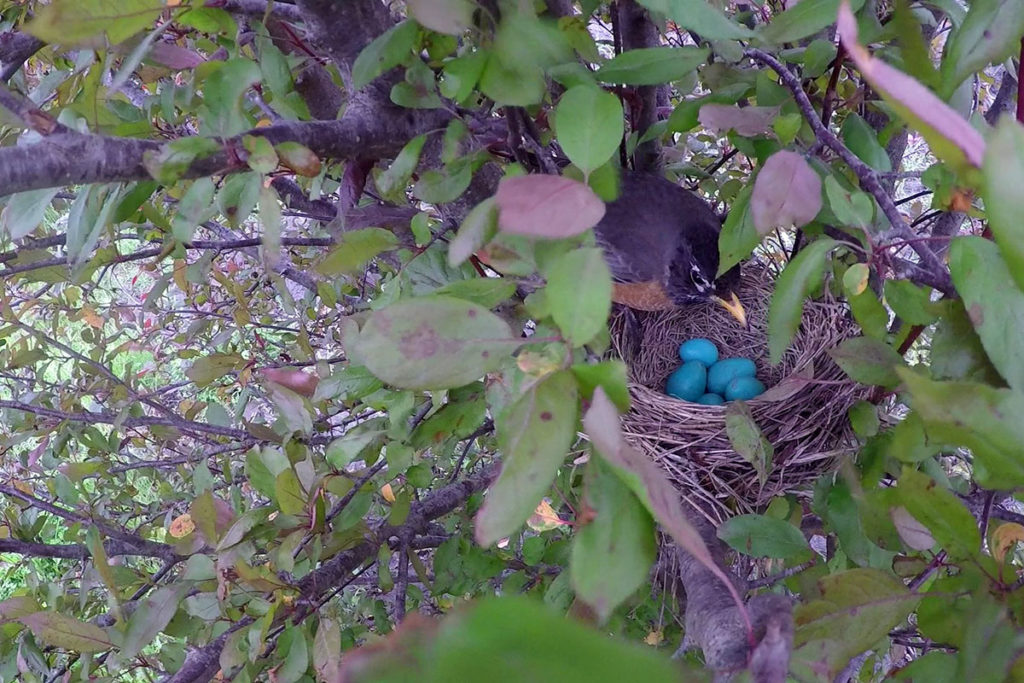Another investigation by the University of Illinois uncovers that American robins that primarily use one eye significantly more than the other when taking a gander at their grip of eggs are more likely to recognize, and reject a remote egg put in their nest by another bird species – or by a devious researcher.
The robins have no eye-preference when a decoy egg is a different color in comparison to their eggs. However, when a decoy egg imitates their own in color, they are better at recognizing the foreign egg on the off chance that they depend on one eye more than the other.

American robins and other birds, in recent years, have developed so much interest by brood parasitic species, such as brown-headed cowbirds, that lay their eggs in other birds’ nests. A few birds targeted by such parasites have learned how to distinguish and dismiss the intruders’ eggs, in this way abstaining from raising the chicks of another species while disregarding their own chicks’ care.
For the study, scientists followed 26 robin nests over two years. They mounted cameras on the nests to track how the birds behaved in light of a 3D-printed decoy egg set in their nests. Some of the decoy eggs were painted blue like the robins’ eggs, and some were white, looking like the background color of cowbird eggs.

Hannah Scharf, the lead author on a study, said, “We saw that robins looking at the white eggs had no preference for which eye they used. However, when they looked at the blue decoy eggs, the birds exhibited what we call ‘eyedness,’ preferring to look at the eggs with one of their eyes much more often than with the other. Some looked more with their right eye, some with their left. Moreover, those that were more biased in their eye use tended to be more successful at ejecting the foreign eggs we placed in their nest.”
University of Illinois evolution, ecology and behavior professor Mark E. Hauber said, “We were interested in this phenomenon in the context of recognizing and rejecting brood parasites. We wanted to know, specifically, whether American robins, which are known to be adept at spotting and ejecting cowbird eggs, used one eye preferentially over the other.”
“The findings suggest that robins – and perhaps other bird species that can identify and reject outsider eggs – have evolved specialized abilities in one hemisphere of the brain that helps them avoid brood parasites.”
The new results are reported in the journal Royal Society journal Biology Letters.
